Carbon Offset and Natural Capital Advisory
Pioneering Impactful Projects
At Eight Versa, we’re committed to leading the way in innovative and effective carbon offsetting projects. Our approach is not just about mitigating climate change; it’s about transforming the interaction between businesses, communities and the environment.
We also engage with a variety of stakeholders from project inception to ensure successful delivery. Our aim is to design environmental strategies that will result in viable long-term projects that generate premium-grade carbon credits.
If you work with us, you will not only realise a suite of environmental benefits but achieve economic development outcomes which ensure that projects are a success for their host communities.
Our Offsetting Process
Delivering Universal Value
Carbon credit generation is under increasing scrutiny. That’s why we meticulously embed ourselves in the process from start to finish to ensure the design of the project has minimised risk and a very high possibility of success. Our approach focuses on outcomes that are tangible for stakeholders and using the best-in-class knowledge of natural systems and processes. And our offsetting process is third-party verified with the Natural Carbon Solutions offsetting methodology. Natural Carbon Solutions adheres to the highest international standards and provides the guidelines to deliver premium offsetting projects.
Identifying Opportunities
Each project begins with identifying opportunities where carbon sequestration can be maximised. We evaluate all land uses and habitats to consider how soil conditions, local climate dynamics, and ecological conditions will affect a potential project. Our focus is determining how we can maximise natural capital whilst providing the highest development gains for local people to ensure long term project viability.
Engagement and Analysis
Engaging with local communities and stakeholders is vital to success. Many projects fail on this alone so our approach is to conduct thorough environmental impact assessments and understand the expectations of location populations. A ‘successful’ project can look very different depending on which vantage point you have, so we need to identify barriers early on and work out how to turn these into opportunities to ensure success.
Designing with Nature in Mind
Our project designs rely on working with ecological processes and not against them as in the end nature always wins. We integrate natural processes to maximise real carbon sequestration whilst increasing biodiversity and ecosystem health. From working on multiple projects in planning and environmental design we know how to harness synergies to extract the greatest output within a project’s boundaries.
Groundwork and Execution
With a solid plan, we begin the groundwork. This involves project management of everything from planting trees and restoring wetlands, to logistics and maintaining relationships. Our team are experienced in environmental planning and delivery, and know that the first year of implementation makes or breaks the project, so we are in the thick of it from the get-go.
Want to know more?
Our experts will be happy to speak with you.
Our Offsetting Approach
End-to-End Sustainability Solutions
Our proprietary methodology for calculating carbon sequestration in soils is built to add value to all projects. We utilise the latest technology with the most advanced scientific research to deliver a methodology which captures all sequestered carbon and maximises carbon credit potential. This involves detailed analysis of all natural and anthropogenic carbon fluxes, climate dynamics and biomass accumulation.
Our work doesn’t stop at design; we will continually monitor each project, ensuring ongoing effectiveness and fine tuning the implementation as necessary.
Our team of multidisciplinary experts will be on-hand to provide a full-suite of sustainability solutions for your project. This enables us to maximise all opportunities within your offsetting project and deliver a wider range of environmental and sustainable development goals with tangible benefits for local communities.
Offsetting Project Types
Tailored Projects from the Ground Up
Offsetting projects can come in diverse forms. We believe each project should leverage the existing ecosystems and aim to address specific environmental challenges. When our team are introduced at the early stages, we can ensure that the project benefits from our holistic environmental expertise. We will provide a deep–dive analysis which considers the full range of ecosystem benefits that can be realised from the various types of offsetting project:
Afforestation/Reforestation
Afforestation/reforestation projects establish new carbon sinks by either reforesting recently cleared land or afforesting long-degraded areas. Reforestation initiatives involve replanting trees in regions recently deforested, while afforestation endeavours create fresh forests on lands suffering from degradation. Both strategies mitigate emissions as trees mature and generate employment opportunities. Community-driven projects, albeit smaller in scale, often yield significant social benefits within the realm of carbon offset initiatives.
Afforestation/Reforestation
Afforestation/reforestation projects establish new carbon sinks by either reforesting recently cleared land or afforesting long-degraded areas. Reforestation initiatives involve replanting trees in regions recently deforested, while afforestation endeavours create fresh forests on lands suffering from degradation. Both strategies mitigate emissions as trees mature and generate employment opportunities. Community-driven projects, albeit smaller in scale, often yield significant social benefits within the realm of carbon offset initiatives.
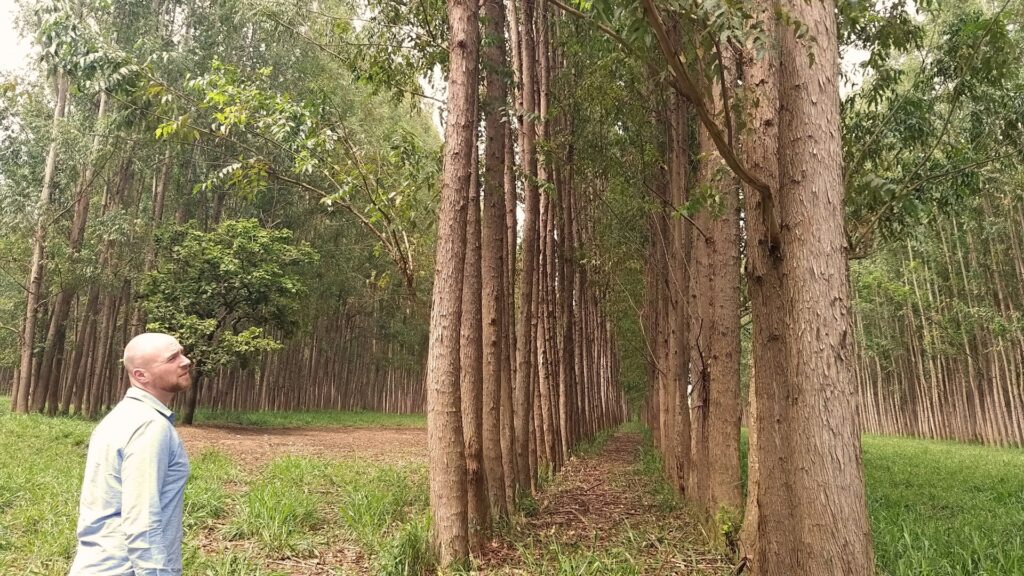
Improved Forest Management
Improved forest management schemes advocate for sustainable practices within commercial forests, advocating for longer growth cycles and maintaining minimum levels of tree cover. Targeting existing commercial forests worldwide, improved forest management initiatives promote practices conducive to sustainability, thereby curbing emissions by upholding essential forest cover and facilitating emissions reduction through extended tree growth and enhanced forest coverage.
Improved Forest Management
Improved forest management schemes advocate for sustainable practices within commercial forests, advocating for longer growth cycles and maintaining minimum levels of tree cover. Targeting existing commercial forests worldwide, improved forest management initiatives promote practices conducive to sustainability, thereby curbing emissions by upholding essential forest cover and facilitating emissions reduction through extended tree growth and enhanced forest coverage.
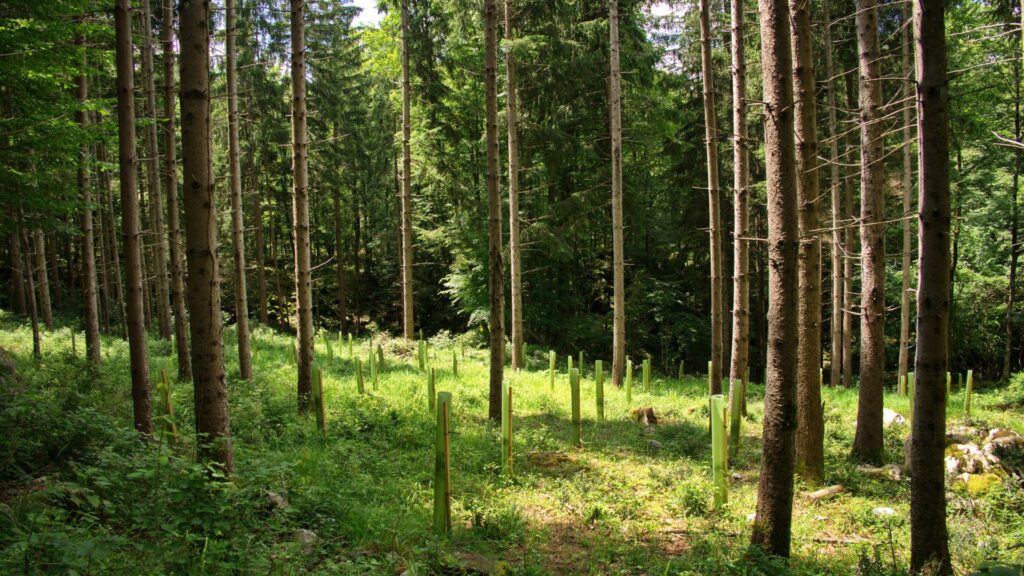
Blue Carbon
Blue carbon projects exploit coastal and marine ecosystems for carbon sequestration while fostering biodiversity conservation and ensuring clean water supplies. Pioneering the way in emissions reduction, blue carbon initiatives focus on restoring marine ecosystems such as mangroves, seagrasses, and seaweeds. Mangroves, in particular, serve as vital connectors between land and sea, fortifying coastlines and sustaining the livelihoods of coastal communities.
Blue Carbon
Blue carbon projects exploit coastal and marine ecosystems for carbon sequestration while fostering biodiversity conservation and ensuring clean water supplies. Pioneering the way in emissions reduction, blue carbon initiatives focus on restoring marine ecosystems such as mangroves, seagrasses, and seaweeds. Mangroves, in particular, serve as vital connectors between land and sea, fortifying coastlines and sustaining the livelihoods of coastal communities.
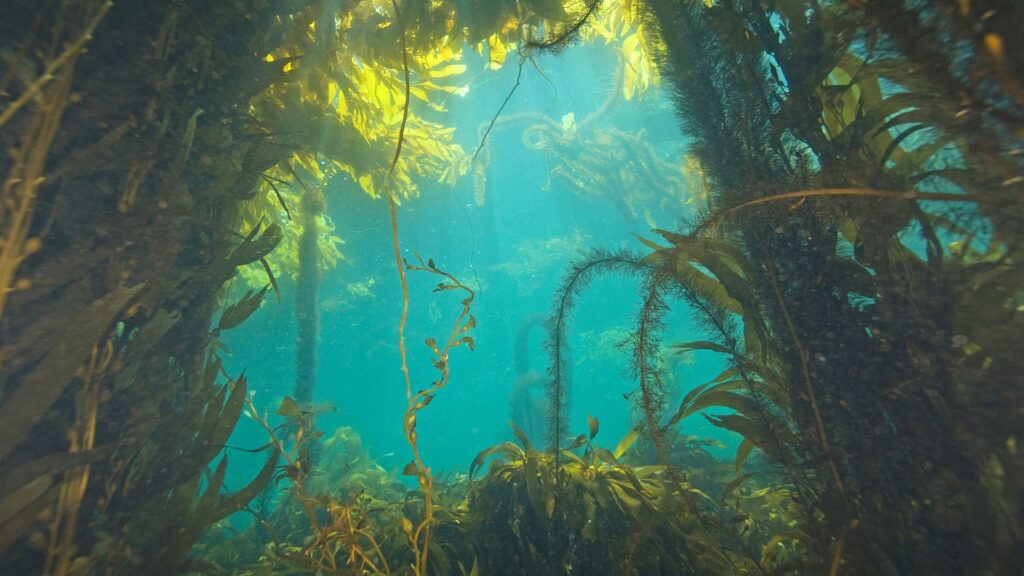
Soil Carbon and Agriculture
Soil carbon and agriculture projects combat emissions stemming from soil degradation and agricultural activities while promoting sustainable farming practices. By implementing regenerative soil techniques and sustainable land management, these projects mitigate emissions from agriculture while facilitating adaptation to a changing climate, thus alleviating the environmental impact of food production. Sustainable agricultural practices further bolster food security for an increasingly populous and affluent global society.
Soil Carbon and Agriculture
Soil carbon and agriculture projects combat emissions stemming from soil degradation and agricultural activities while promoting sustainable farming practices. By implementing regenerative soil techniques and sustainable land management, these projects mitigate emissions from agriculture while facilitating adaptation to a changing climate, thus alleviating the environmental impact of food production. Sustainable agricultural practices further bolster food security for an increasingly populous and affluent global society.
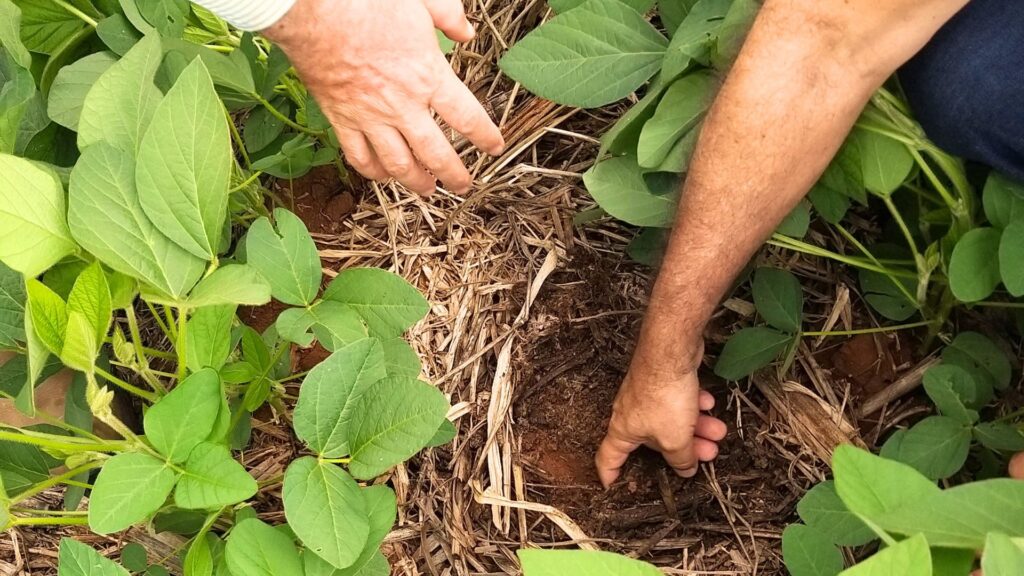
.
Peatlands
Peatlands projects undertake the restoration of wetland ecosystems, benefiting biodiversity and local water sources while simultaneously curbing emissions from drained and damaged wetlands. Peatlands, characterised by waterlogged soils and carbon-rich vegetation, offer critical flood mitigation, potable water sources, and wildlife habitats. Conservation and restoration efforts in peatlands prevent emissions that would otherwise escape into the atmosphere due to drainage or damage.
Peatlands
Peatlands projects undertake the restoration of wetland ecosystems, benefiting biodiversity and local water sources while simultaneously curbing emissions from drained and damaged wetlands. Peatlands, characterised by waterlogged soils and carbon-rich vegetation, offer critical flood mitigation, potable water sources, and wildlife habitats. Conservation and restoration efforts in peatlands prevent emissions that would otherwise escape into the atmosphere due to drainage or damage.
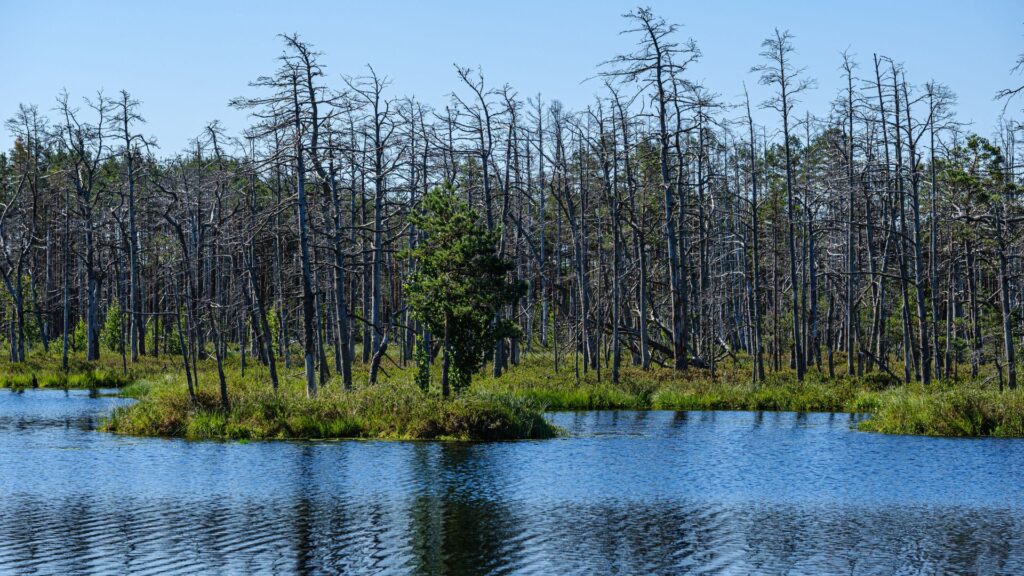
Grasslands
Grasslands projects focus on the preservation and restoration of prairies, plains, and savannahs, contributing to the UN’s life on land goal by mitigating rates of land degradation. Encompassing nearly one-third of global land area, grasslands primarily store carbon in their subterranean root systems. While some grassland restoration initiatives involve emissions reduction through replanting degraded lands, the majority entail conservation efforts aimed at preventing emissions release inherent in soil conversion to cropland.
.
Grasslands
Grasslands projects focus on the preservation and restoration of prairies, plains, and savannahs, contributing to the UN’s life on land goal by mitigating rates of land degradation. Encompassing nearly one-third of global land area, grasslands primarily store carbon in their subterranean root systems. While some grassland restoration initiatives involve emissions reduction through replanting degraded lands, the majority entail conservation efforts aimed at preventing emissions release inherent in soil conversion to cropland.
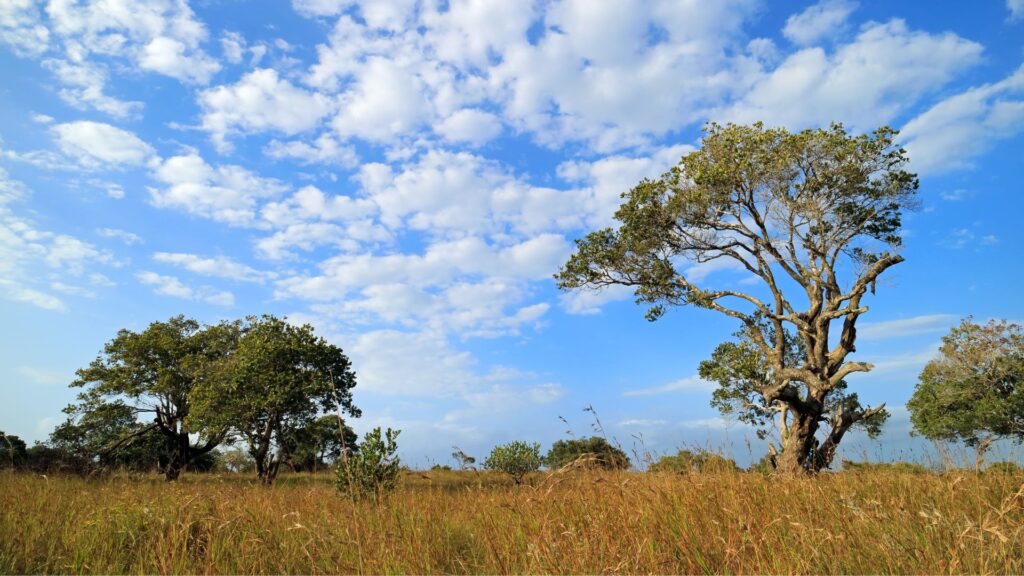
Offsetting Project Examples
Bringing Offsetting to Life
Building a Carbon Mosaic for Sao Tome and Principe
Sao Tome and Principe, an island nation off the coast of West Africa is home to one of the most fecund tropical rainforests. This includes a vast coverage of mangrove and seagrass forests that connects the land and sea. Our team were brought in at the early stages to design and implement the country’s first large-scale offsetting project. This first included, understanding the ecological and community opportunities that will help this project become a part of life for generations.
From the initial evaluation we designed the ‘Carbon Mosaic’ strategy that unites coastal management, mangrove and seagrass restoration, sustainable farming, tree planting and biochar production. The project is grounded in socio-economic and biodiversity research, and will use the Verra Standard and the Climate, Community & Biodiversity (CCB) standards so that the process remains credible and generates robust long term revenue.
Building a Carbon Mosaic for Sao Tome and Principe
Sao Tome and Principe, an island nation off the coast of West Africa is home to one of the most fecund tropical rainforests. This includes a vast coverage of mangrove and seagrass forests that connects the land and sea. Our team were brought in at the early stages to design and implement the country’s first large-scale offsetting project. This first included, understanding the ecological and community opportunities that will help this project become a part of life for generations.
From the initial evaluation we designed the ‘Carbon Mosaic’ strategy that unites coastal management, mangrove and seagrass restoration, sustainable farming, tree planting and biochar production. The project is grounded in socio-economic and biodiversity research, and will use the Verra Standard and the Climate, Community & Biodiversity (CCB) standards so that the process remains credible and generates robust long term revenue.
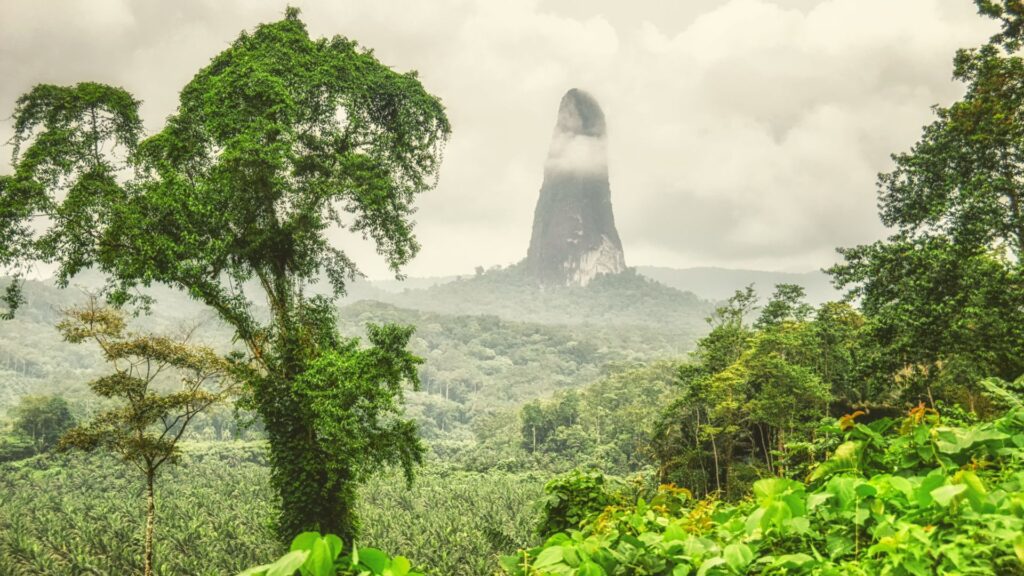

Strategic Development
Integrating Every Component
Designing an offsetting project is one thing. But integrating the progress, results and co-benefits into a reporting framework that aligns with your Sustainable Development Goals (SDGs) is another. We believe that carbon offsetting is only one part of the environmental jigsaw, and businesses should operate with a full and comprehensive sustainability strategy. Whether to comply with regulatory requirements or to demonstrate credibility to key stakeholders, we will provide detailed results for your sustainability strategy so you can be confident in your disclosures.
Carbon Footprinting Categories
We cover a full-suite of carbon footprinting needs. This includes a variety of other categories that helps you explore every corner of your carbon footprint.
Organisation
Measure and reduce your organisation's steps to Net Zero
Building
Understand the trade-offs needed to achieve Net Zero for your building
Product
Discover a more accessible and flexible way to reduce your product's carbon footprint
Event
Showcase your event's credible reduction strategy

